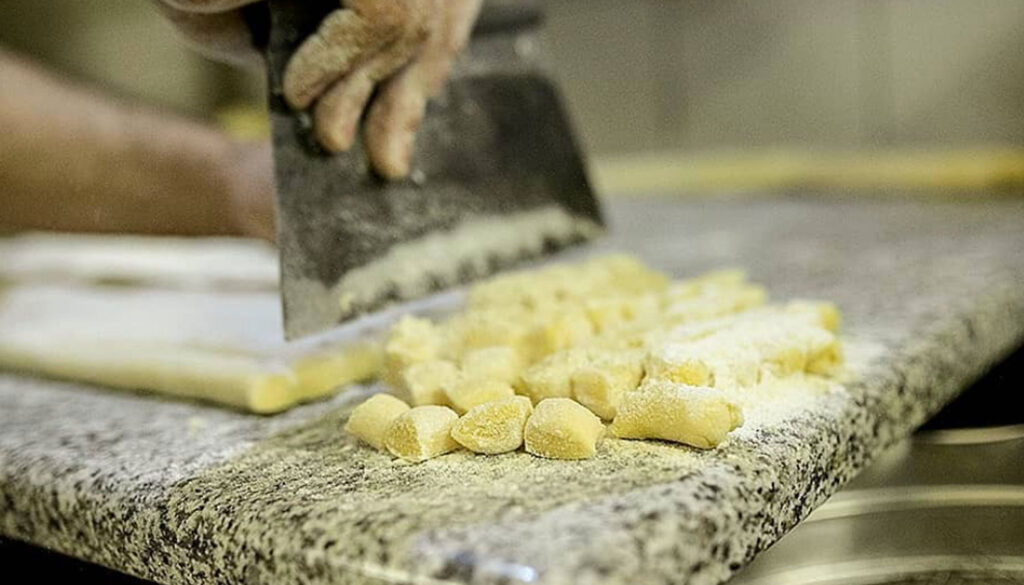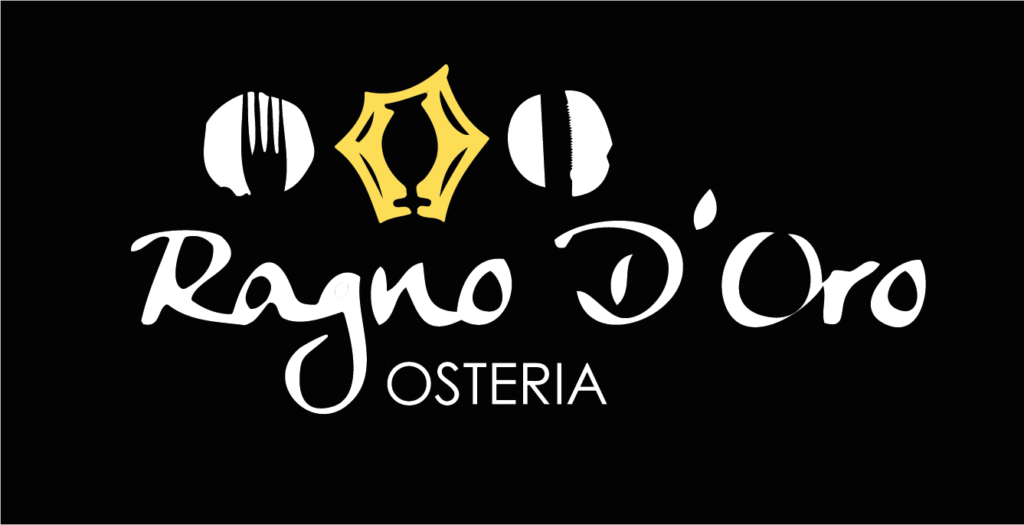Who among us doesn’t have memories associated with the smells and flavors of cooking capable of taking us back a few years? These images, which our memory preserves, are evoked by stimuli that refer to unique memories linked to our families: the scent of ragù on Sunday morning, the taste of hand-made pasta, the trail of a fruit tart.
All these elements refer to an irreplaceable heritage: grandmother’s kitchen. In fact, it represents a set of recipes and traditions that are handed down and preserved in the families of each region, constituting a bridge between generations.
Simple and genuine raw materials
The dishes that make up this cuisine are simple and the raw materials have always been made up of products that the land offered at zero kilometer and that all families had available in the small or large vegetable garden. The grandmothers used fresh products, following seasonality and prepared with traditional preservation methods. It was not customary to go to butchers and people preferred farmyard animals or the meat was taken from nearby farmers, if they did not raise animals directly at home.
Homemade pasta: an ancient art
For us Italians, pasta is synonymous with family and tradition. Homemade pasta is one of the most emblematic symbols of grandmothers’ cooking and represents a culinary art that requires skill and passion. Starting from two simple ingredients, flour and eggs, the dough was created and then shaped with a rolling pin on a wooden surface. This was carried out until the creation of a thin sheet of pastry cut by hand in multiple formats depending on the tradition of each region: tagliatelle, tagliolini, lasagne, ravioli, tortellini, pizzoccheri, bigoli, tonnarelli, fusilli and cavatelli.
The flavor of traditional sauces
Alongside homemade pasta, traditional sauces are another pillar of grandmothers’ cuisine. From Bolognese ragù prepared with minced meat mixed with sautéed celery, carrot and onion, to fresh tomato sauce, grandmothers’ sauces are made with simple and genuine ingredients, which are slowly cooked for hours until they reach the perfect consistency and maximum flavour.
The tradition of meatballs with tomato sauce
Grandma’s unmissable Sunday dish is meatballs with sauce.
It was born as a poor dish, as it was prepared with the remains of leftover meat, then mixed with eggs, aromatic herbs and stale bread.
According to tradition, meatballs with sauce were prepared with Sunday ragù and after being fried, they were further cooked in tomato sauce.
Each region has then found its own version of this traditional dish.
In Rome, meatballs are the undisputed protagonists of the table and are traditionally linked to Tuesday for the reuse of the boiled meat left over from Monday, the day on which broth and boiled meat were cooked. The meat was minced and flavored with stale bread, cheese and spices and then cooked in the sauce.
What makes grandmothers’ cooking truly unique is the dedication: the time spent at the stove, carefully mixing the ingredients, adjusting the flames and tasting carefully to ensure that each dish is perfect.
This is a true gesture of love, a journey into the authentic flavors of all Italian grandmothers, united by the ability to transport you to a world of taste, warmth and joy with every bite.
While we enjoy a dish prepared by our grandmothers, we celebrate the culinary heritage that has been given to us and that we will continue to pass on to future generations, so that they can enjoy authentic flavors forever.
To rediscover traditional flavors, we welcome you to our restaurant. Reserve your table now!

